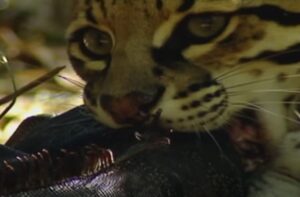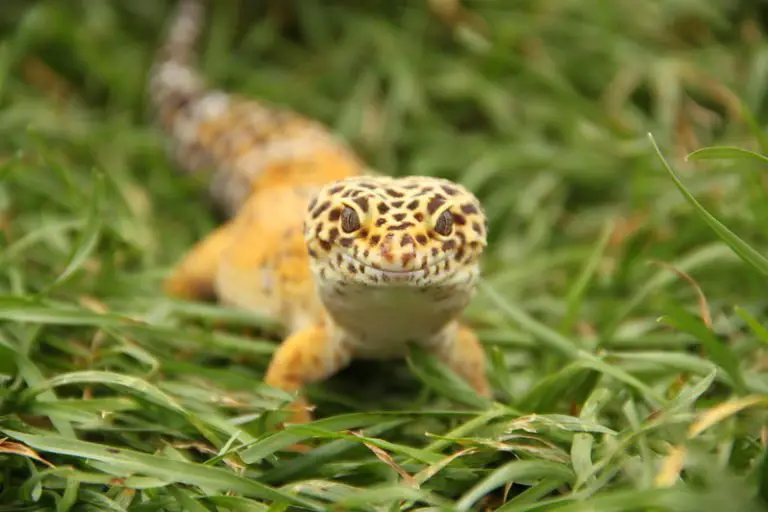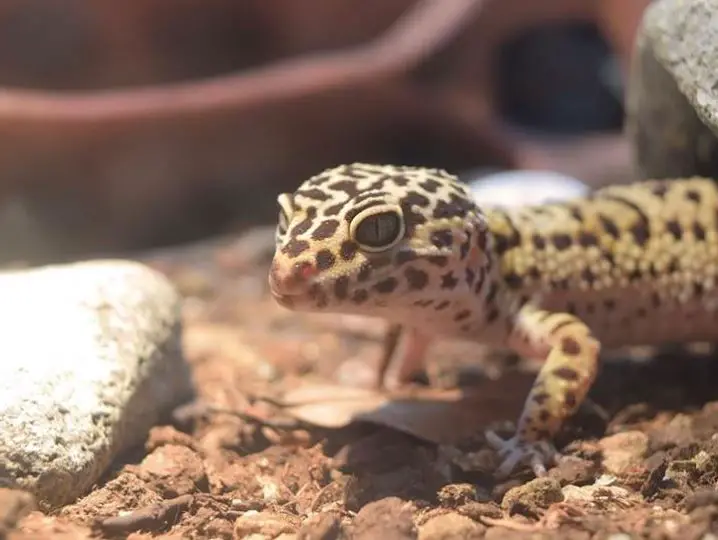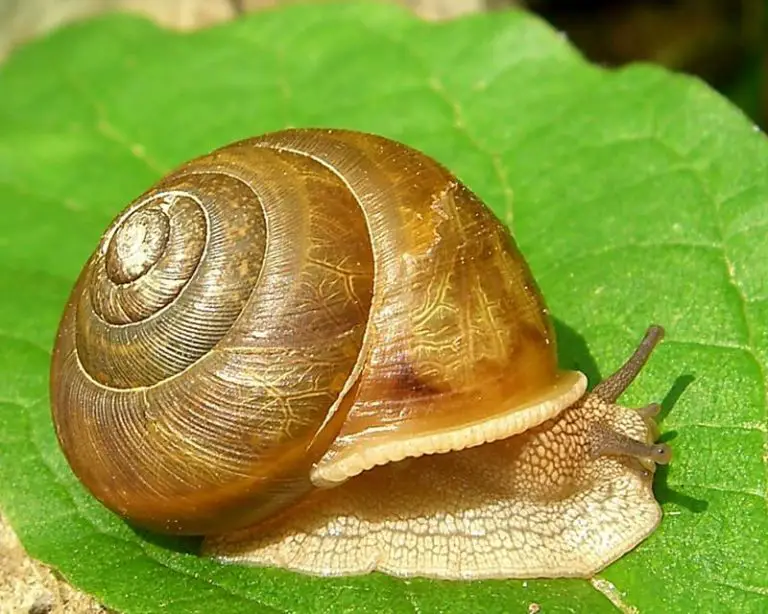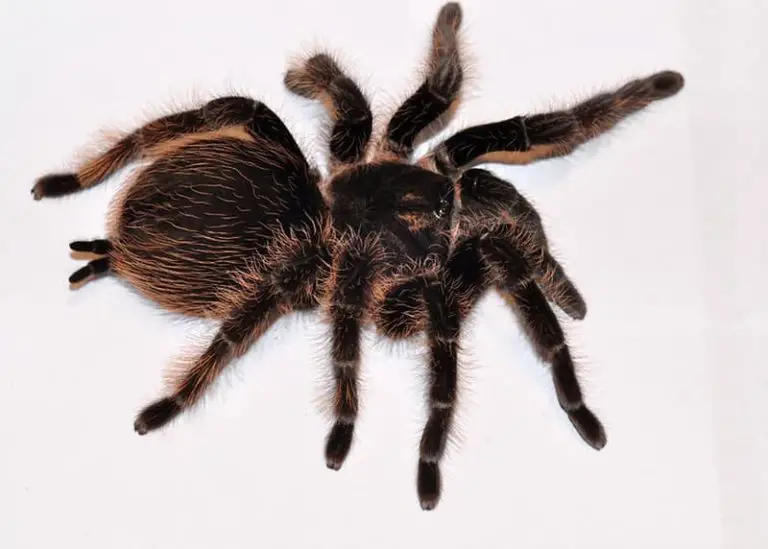What Animals Can Beat & Eat Anacondas? (Solved)
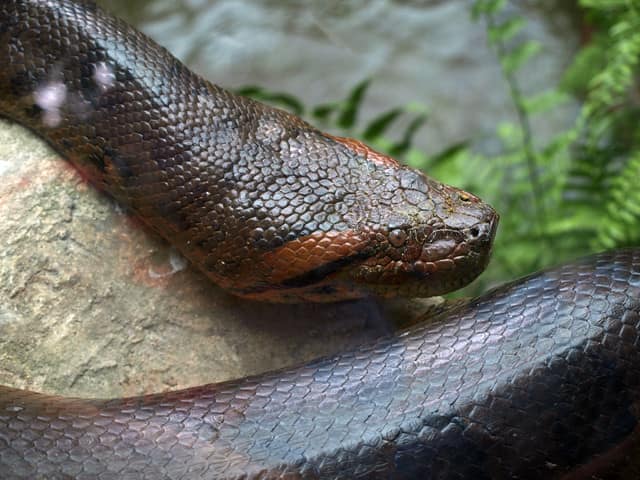
Green anacondas are the world’s largest and heaviest snakes, a feat that turns them into the Amazon River Valley’s top predators, possibly the most powerful and dangerous of all species of Amazonian fauna.
But despite such strength and condition, they do have vulnerabilities: first, because of their chunky weight, Anacondas tend to be slow and cumbersome on land, in opposition to underwater where they are very fast.
Secondly, like all snakes, they are cold-blooded, a handicap that causes them to lack endurance and potentially put them in danger.
Another vulnerability of anacondas is that when they feed on animals of considerable size, their mobility is reduced and they can last weeks or even months fasting.
This immobility makes them more vulnerable to possible predators, although, in reality, few animals dare to attack an adult anaconda.
What are these animals capable of attacking and even defeating an anaconda? here is the research I did on the subject
Jaguars
The jaguar, along with the anaconda, are the top predators of the Amazon, it is amazing to see a jaguar in action, all that strength, agility, and tenacity in a single predator.
The jaguar has an advantage over the anaconda, since it is cold-blooded, when it is exhausted from fighting, it tends to calm down to recover its strength, that is where the jaguar can take advantage to cause serious injuries such as deep cuts and kill it.
The jaguar’s claws and jaws can easily cause lacerations to the snake’s skin, despite the large size of the anaconda, in fact, the jaguar’s bite is so powerful that it often hunts caimans.
In a fight between a jaguar and an anaconda, the anaconda’s most dangerous tactic is constriction, so whenever a jaguar hunts an anaconda it will bite it and drag it out of the water where the anaconda’s mobility will be greatly reduced.
At the same time, the jaguar will remain in movement avoiding falling into the anaconda’s constriction, this instead when it is out of the water, will roll up hiding its head, since it is its most vulnerable vital point, a single bite to the anaconda’s head and the game is over.
Black Caiman
The black caiman is the largest predator in the Amazon ecosystem and is a nocturnal hunter, relying on its keen sense of sight and hearing to find food.
Black caimans usually feed on fish, turtles, lizards, and other caimans, including their own young. In some rivers, they also eat snails.
The adult anaconda is not exactly part of the food chain of black caimans, but as it has been proven that large black caimans can even eat other caimans, they can also hunt and eat smaller anacondas.
The main predator of the black caiman is man, who hunts it for its skin and meat, and in some cases the jaguar, which fights against the caiman, even tearing open its belly skin with its claws.
Ocelots
Ocelots are opportunistic hunters and eat a variety of animals, including rodents, rabbits, young deer, birds, snakes, lizards, and fish. An ocelot may also hunt and eat young anacondas that are in a vulnerable position.
Giant Otters
The giant otter is the largest of the mustelid family. This species, which can measure up to 170 centimeters, is a very sociable animal that lives in family groups of up to ten individuals.
Independently, the otter might not be an opponent against an anaconda, but the strength of this animal is that it attacks in packs, and its attacks are so fierce and coordinated that they can kill anacondas and caimans.
Giant otters feed mainly on fish. When otters attack other species, they do so because they are highly territorial animals, and will lethally attack other species that invade their area.
Frequently Asked Questions
Can a man outrun an anaconda?
The anaconda underwater can reach a speed of up to 6 m/s, which can be considered quite fast considering its proportions, on the surface of the earth, however, when it has to crawl it is too slow.
This difference in mobility makes the anaconda prefer to be most of the time in the water, a man can easily escape running from an anaconda on land, but in the water, he would be easily caught.
Not even a professional swimmer could swim faster than an Anaconda underwater. The maximum swimming speed that has been achieved in the crawl so far has been about 2.39 m/s.
Can a man with a knife defeat an anaconda?
This is a very difficult task because it involves hand-to-hand fighting, indisputably the constriction of an anaconda is too much power for a man, the only chance the man would have is to stick the knife in the head of the anaconda and that would not be an easy task.
The skin of an anaconda is also quite tough, this reptile has a very developed dermis, which is reflected in the excellent qualities of the green anaconda leather, the anaconda also has quite a lot of nerve endings in its skin, so it can feel pain.
A man would stand a chance if the knife is just sharp enough and large enough to cause several large wounds before the anaconda wraps itself around the limbs and immobilizes the man, Anacondas do not expose themselves to injury before hunting, they hunt by surprise.
But it is not easy to cut an anaconda, in some stories of people who have confronted anacondas with machetes, they say that trying to cut them is like cutting a rubber band.
It should also be taken into account that the most sensitive points of the anaconda are its tail and its head, especially its eyes.
Do piranhas eat anacondas?
The diet of piranhas is quite varied, although 90% of what they eat is fish, as well as insects, worms, amphibians, and even small mammals.
Although anacondas are not part of the piranha’s diet, attacks by piranhas on anacondas have been recorded, which is similar to that of giant otters. Their behavior is hostile and territorial.

